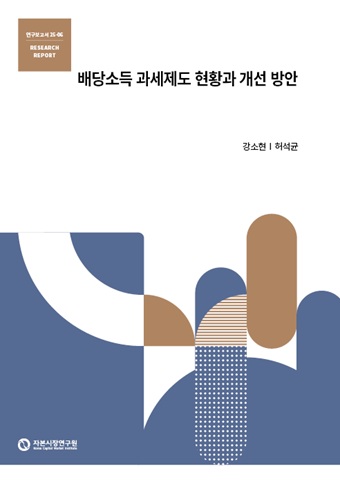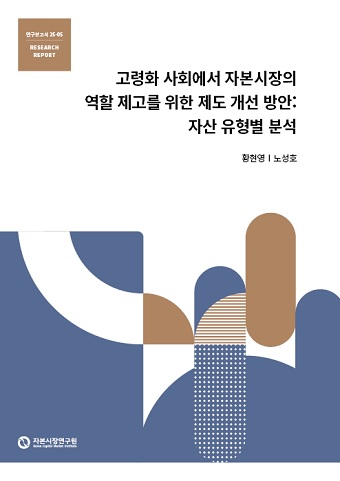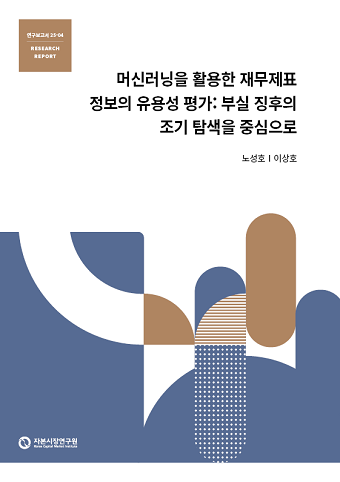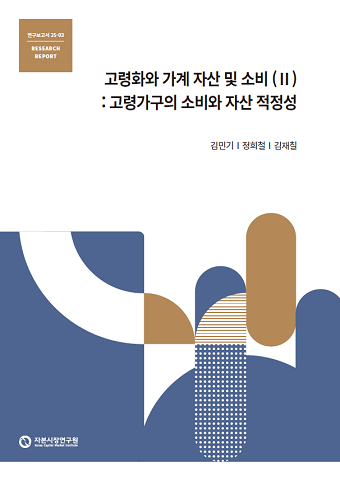Based on theoretical and empirical research results from uniquely designed analysis frameworks, KCMI
Research Papers draw out implications as well as policy directions for Korea’s financial industry and markets.
116 Results

Recently, interest in dividend income has surged among domestic investors, highlighting the growing need for reforming the dividend tax system. However, the current tax regime for dividend income has several issues, prompting calls for improvement.

This study examines the financial challenges that may arise as Korea transitions to an aging economy and discusses institutional and policy responses for each of the major asset classes held by older households. Korea's aging population is p...

This study aims to predict corporate failures in the Korean stock market. In particular, it seeks to design an effective early warning model that forecasts delisting prior to trading suspensions. To achieve this, the model incorporates not only quant...

According to the life-cycle hypothesis, elderly households use their wealth to sustain consumption as their income declines in retirement. They save during their working years and use up accumulated assets in old age, flattening the marginal utility